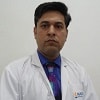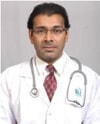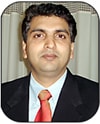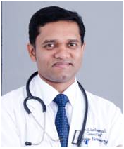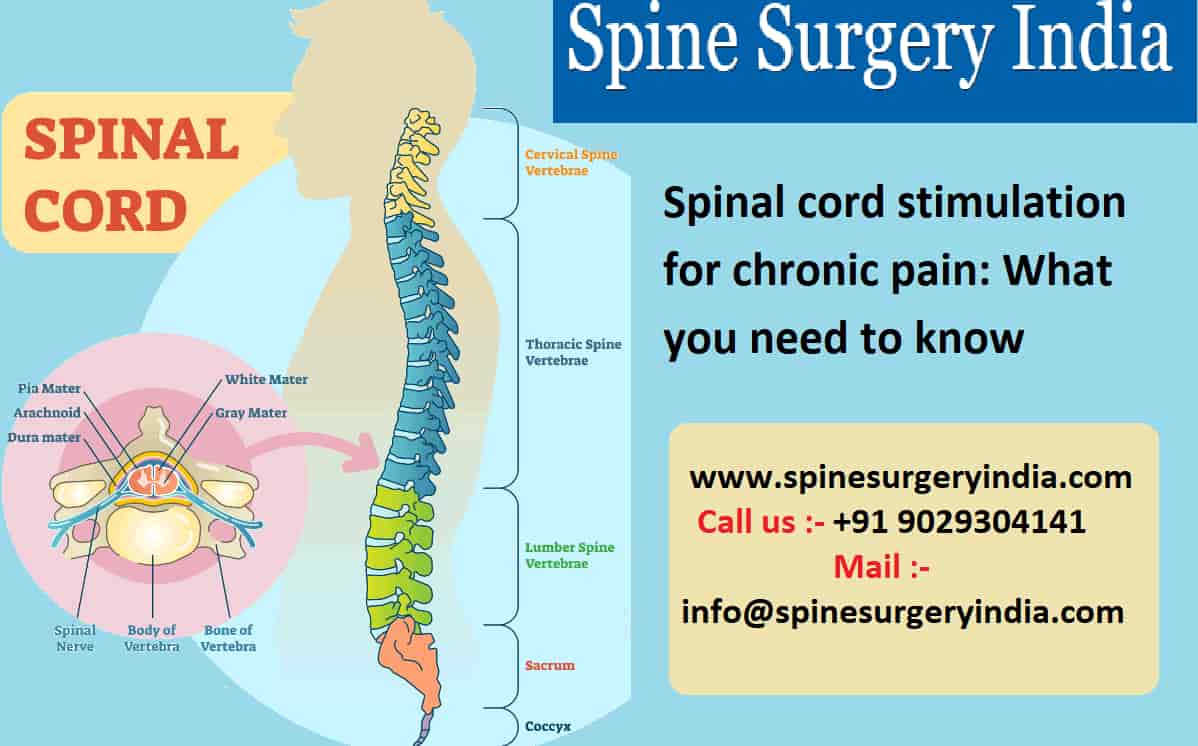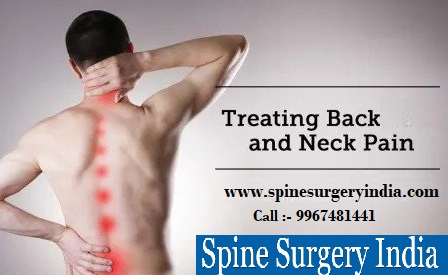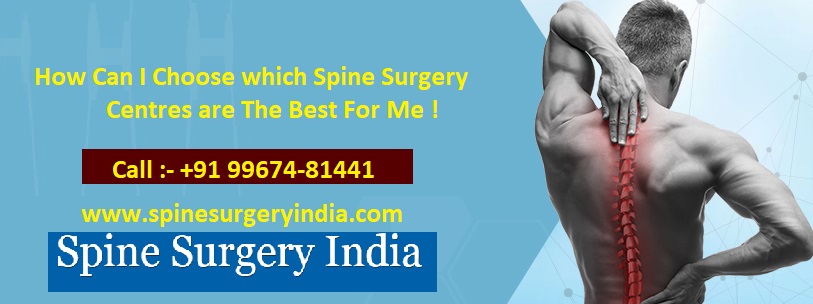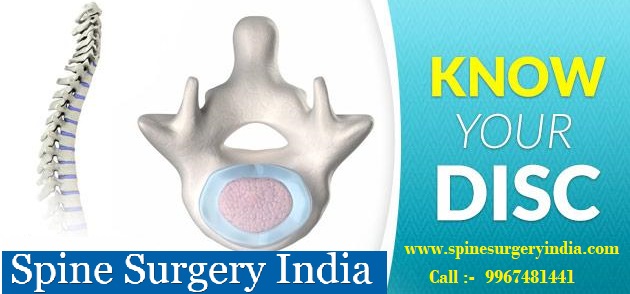
There are various discs in our body and if one of them gets affected then it became difficult to move, bend, walk, sit or stand. Some of the common discs problems are as follows:
a) Herniated disc at risk: If your herniated disc is at risk then the warning signs for that depend on the portion of your affected spine. If your lower back is affected, then it indicates the sign is sciatica pain in which the pain radiates down towards your leg and you feel numbness and tingling in your legs. If your neck is affected, then your pain radiates down towards your arms and it can also be accompanied by numbness and tingling. If your neck is affected due to herniated discs then the condition could be more serious if they push against your spinal cord which ends before reaching to your lower back. If spinal nerves on both sides of your body are largely pressed by herniation then it results in severe pain throughout your lower body.
b) Cervical disc at risk: Cervical disc which is also known as a slipped disc. The disc is actually not really slipped it can tear open, causing the fluid inside to push against the surrounding nerves in the neck. For some people, the surgery to replace the affected disc with an artificial disc can be one of the best options to get rid out of pain.
Neck pain and symptoms caused by a herniated disc are the common problems which mainly found in adults. Our neck is a build-up of many different anatomic structures which includes muscles, bones, ligaments, and joints and each of these structures has nerve endings which can detect painful problems when they occur in the disc.
c) Spinal disc at risk: In case, you experience mild tingling, dull ache, throbbing pain, or burning sensation in your back or neck which results in spine disc problems. According to the study, vertebral discs are essential to perform normal back functions. These are the discs which are cushiony pads between each vertebra and allow our bodies to easily twist and bend. These are the discs which are our shock absorbers to perform abrupt movements and weight-bearing activities. If our spine disc is damaged then we lose our flexibility and ability to bend or twist. Some common ailments which are associated with vertebral discs are herniated discs, disc degeneration, and disc tears.
d) Lumbar disc at risk: The age is the most common factors which affect your lumbar disc as the people between the age group of 35 to 50 years are highly affected and over the age of 50 years the symptoms convert to severe pain. According to the study, men have roughly twice the risk of lumbar herniated disc as compared to women. Also, if you lift the heavy objects then you are at a greater risk of developed a lumbar herniated disc. Pulling, pushing, and twisting actions can add to the greater of developing lumbar herniated disc risk if they are done repeatedly.
How to prevent your discs from damage?
The following are the best ways to prevent the discs from damage and these are:
a) Maintain good posture: Maintenance of good posture reduces the pressure on your spine and discs. When you sit for long periods then it is important to keep your back straight and aligned so that your back will get full support. Also, lift heavy objects properly make sure that if you are lifting heavy objects then make use of your head and legs instead of putting all pressure on your back.
b) Exercise: Exercise is one of the best prevention to save your disc from risk. Strengthening your trunk muscles will help you to stabilize and support the spine.
c) Maintain a healthy weight: If you are overweight then you need to shed your extra pounds as excess weight puts more pressure on the spine and discs which make them more susceptible to herniation. So, to avoid this exercise regularly is the best way to protect your disc.
Treatment options to protect the discs
The following are some non-surgical treatments which protect the discs from risk and these are:
a) Pain medications: The doctors at the hospitals under Spine Surgery India will recommend some non-prescription non-steroidal anti-inflammatory medications (NSAIDs) such as ibuprofen or naproxen to treat pain and inflammation in your disc.
b) Muscle relaxers: Your surgeon will prescribe some muscle relaxants if you have muscle spasms. Sedation and dizziness are the common side effects of these medications.
c) Cortisone injections: The surgeons at the hospitals under Spine Surgery India will give inflammation-suppressing corticosteroids in the form of injection directly into the area around your spinal nerves. This image will help in guiding the needle more safely. Generally, surgeons give oral steroids to reduce swelling and inflammation.
d) Heat or ice therapy: To get relief from the painful muscle spasms your surgeon will apply the heat packs after the first 48 hours. Heating pads, hot water bags, and heat wraps are all good options to get relief from pain. Also, your surgeon applies the ice packs which is helpful to ease inflammation and muscle spasms which is associated with the lumbar herniated disc. Ice packs are helpful when it applies after 48 hours of the back pain has started.
e) Surgery: This is the last option when all the above non-surgical methods are failed to provide relief from pain. Generally, the surgeons at the hospitals under Spine Surgery India recommend surgery when conservative treatments fail to improve your symptoms after six weeks, especially if you continue to experience the following:
- Numbness or weakness
- Difficulty standing or walking
- Loss of bladder or bowel control
There are cases where the surgeons just remove the protruding portion of the disc. In very few cases, the surgeons remove the entire portion of the disc to provide the spinal stability and rarely your surgeon will recommend you to undergo for the artificial disc replacement.
Note: In case you are the one whose discs are at risk contact Spine Surgery India to live a better and improved quality of life.
Related posts
Feb13
Oct06
Nov15
Jan03









